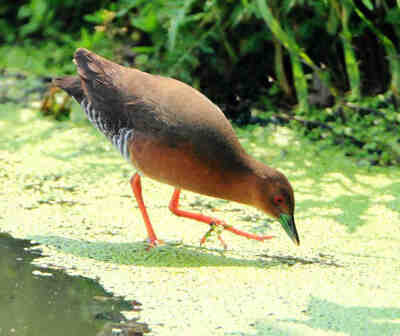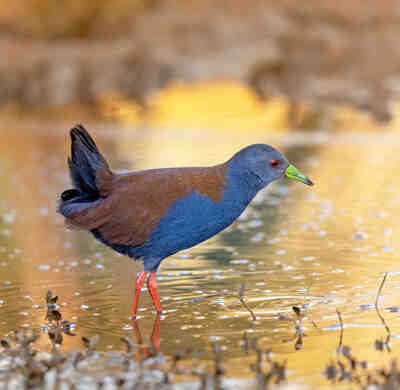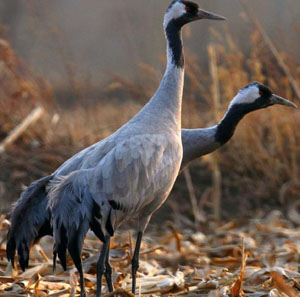
Porzana paykullii
Porzana paykullii,Band-bellied Crake
Band-bellied Crake, whose foreign name is Band-bellied Crake, is a small wad···

Zapornia parva
Zapornia parva,Porzana parva,Little Crake
Little Crake is a small wading bird with no subspecies.The frog often moves ···

Zapornia bicolor
Zapornia bicolor,Black-tailed Crake,Amaurornis bicolor,Porzana bicolor,Black-tailed bittern
The brown-backed frog is called Black-tailed Crake in foreign language, and ···

Crex crex
Crex crex,Corncrake, Corn Crake
The foreign name of the long-legged rail is Corncrake, Corn Crake, which is ···

Coturnicops exquisitus
Coturnicops exquisitus,Swinhoes Yellow Rail
The foreign name of the Swinhoes Yellow Rail is Swinhoes Yellow Rail, and th···

Tetrax tetrax
Tetrax tetrax, Little Bustard,Outarde canepetière, Sisón,Ground
Little Bustard, also known as Little Bustard in English, is a large bird of ···

Chlamydotis macqueeni
Spotted Bustard、Chlamydotis macqueeni,Macqueen's Bustard
Houbara Bustard, also known as Macqueen's Bustard, has no subspecies. A ···

Otis tarda
Otis tarda,Great Bustard,Avutarda, Avutarda Común,Додук, Մեծ արոս, Дуадақ,Ground quail, old brocade, lone leopard, wild goose
The Great Bustard has two subspecies, both of which are distributed in China···

Anthropoides virgo
Anthropoides virgo,Demoiselle Crane,Lady Crane
The Demoiselle Crane is the smallest crane. It is blue-gray in color, with b···

Grus japonensis
Grus japonensis,Red-crowned Crane, Japanese Crane, Manchurian Crane,Crane, Red-crowned Crane, White Crane, Mantilla
The red-crowned crane is a large wading bird with a bright red head and dist···

Grus grus
Grus grus,Common Crane,Thousand-year-old crane, black crane, sweet potato crane
Grey cranes are large wading birds with obvious identification characteristi···

Grus monacha
Grus monacha,Hooded Crane,Pot Crane, Black Crane, Nun Crane
The white-headed crane is a large wading bird with a long neck, beak, and le···

Grus nigricollis
Grus nigricollis,Black-necked Crane, Tibetan Crane, Grulla Cuellinegra,,Tibetan crane, wild goose, black goose, dry goose
Black-necked cranes are large flying wading birds. Except for the breeding s···

Porphyrio indicus
Porphyrio indicus,Black-backed Swamphen,Rodhoue Purple Swamphen, Reunion White Dodo
Purple moorhen is a bird of the family Raccoon of the order Gruiformes. It i···

Numenius arquata
Numenius arquata,Eurasian Curlew,Curlew
There are two subspecies, Eurasian Curlew.It is a summer migratory bird in n···
